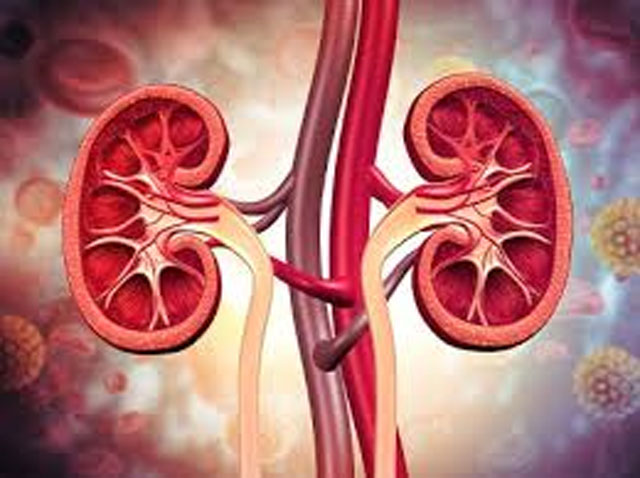Daijiworld Media Network – New Delhi
New Delhi, Oct 8: Chronic Kidney Disease (CKD) is often measured by numbers—declining filtration rates, rising creatinine, and fluctuating electrolytes. Yet behind these lab values lies a quiet threat: phosphorus accumulation. In healthy kidneys, phosphorus moves in and out without issue, but in CKD, it can quietly damage bones, stiffen blood vessels, and worsen kidney function, earning the moniker “silent killer.”
The role of phosphorus
Phosphorus is essential for life. It keeps bones strong, energizes cells, supports DNA, and helps regulate blood acidity. It is found in meats, dairy, nuts, legumes, and increasingly in processed foods containing phosphate additives. Healthy kidneys filter out excess phosphorus efficiently, but CKD reduces this ability, causing blood phosphorus levels to rise gradually. Over time, elevated phosphorus can disrupt bone, heart, and kidney health.

The dangers of excess phosphorus
• Weak Bones: High phosphorus triggers hormones that draw calcium from bones, leading to renal osteodystrophy—brittle, fracture-prone bones.
• Stiffened Blood Vessels: Calcium-phosphate deposits accumulate in arteries, raising blood pressure and increasing the risk of heart attacks and strokes.
The insidious nature of phosphorus lies in its silent progression—individuals may feel well until fractures or cardiovascular complications occur.
Managing phosphorus in CKD
1. Dietary control:
o Food is the main source of phosphorus. Naturally occurring phosphorus in pulses or nuts is only partially absorbed, but phosphate additives in processed foods are almost fully absorbed.
o Strategies include avoiding packaged drinks and meats, cooking fresh meals, and reading labels carefully.
o Consulting a renal dietitian helps balance protein needs while reducing phosphorus intake.
2. Phosphate binders:
o These medications bind phosphorus in the gut, preventing absorption into the bloodstream.
o They must be taken with meals, and the type—calcium-based or calcium-free—is selected based on lab results and individual risk factors.
3. Dialysis:
o Dialysis removes some phosphorus, but rarely enough to control it alone. Dietary measures and binders remain essential even for patients on dialysis.
4. Regular monitoring:
o Blood tests for phosphorus, calcium, and parathyroid hormone track trends, which are more important than single readings, guiding timely interventions.
Living better with phosphorus balance
Maintaining phosphorus within safe limits strengthens bones, protects blood vessels, supports heart health, and delays kidney damage, prolonging the time before dialysis. Through dietary vigilance, medication adherence, and regular check-ups, phosphorus can shift from a silent threat to a manageable part of CKD care.
Proper phosphorus management is not just about lab numbers—it’s about preserving quality of life, mobility, and overall health for individuals living with chronic kidney disease.